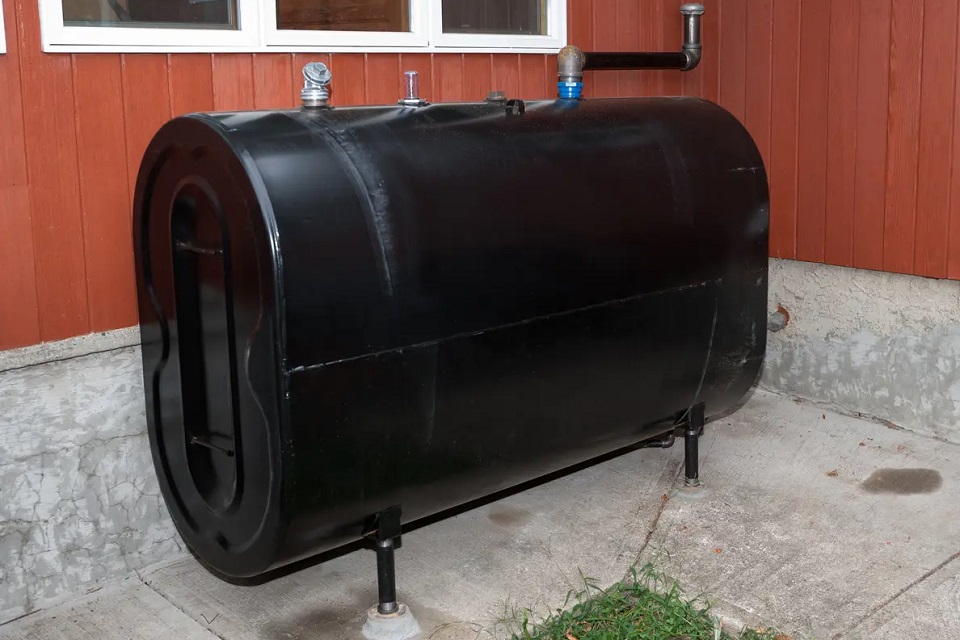Whether you’re new to car ownership or you’ve been driving for years, how often you should replace your oil tank is a constant worry. Regular inspections can help you catch small problems before they become huge. Here are some tips to keep in mind to minimize oil tank removal Westchester County, NY:
Table of Contents
Inspecting Your Oil Tank For Leaks
If you purchased a property with an oil tank, you might be concerned about a leak. The previous owner may not have disclosed their problems or maintained their oil tank in a safe condition. Having your oil tank inspected allows you to budget for repairs and estimate how long the tank will last.
If you notice oil stains on the floor near the rear of your tank, you can contact a licensed plumber or gas fitter to have the problem fixed. If you find a stain, it might mean the oil tank is perforated or damaged the opening seam. If you discover oil in your tank, take the appropriate steps to fix the leak.
While some leaks can be repaired, a deteriorated tank should be replaced. You should regularly inspect the stability of your oil tank, check gauges for cracks, and check vent pipes and feed lines for debris. You should also check for odors, wet spots, and stains around the oil tank.
Inspection Process
The inspection process for oil tank replacement should be thorough and systematic. A leaking oil tank can be solved with simple repair methods, but some problems can only be fixed by replacing the entire tank. You may want to consider insuring your tank to protect your investment. Proper installation of an oil tank is essential for safe, trouble-free use. Before you begin this project, make sure you follow code requirements and know the procedures for the installation process. Installing a new oil tank improperly will result in a potentially unsafe heating system and require repairs. You may also be subject to environmental law violations. To prevent this, it is best to seek help from a professional. Incorrect installation of an oil tank may result in a costly repair bill and lead to a potential oil spill.
Visual inspections do not detect the condition of an oil tank. Ultrasonic tests can assess the integrity of an oil tank. The data is entered into a tank analysis software, and based on the level of corrosion inside the tank and environmental conditions, the tank replacement should be recommended. The inspection process is inexpensive and easy to complete.
Buying A New Oil Tank
The best way to ensure that your new oil tank is legal is to check the warranty. Depending on their price, new tanks are covered by warranties for 10, 20, or 30 years. A basic warranty on a new tank would be around ten years. If you are purchasing a used tank, it is wise to check its security. Make sure that it is made of durable material and withstands any damage. Also, check the capacity of the tank. The larger the power, the more you should pay for the tank.
The first step in purchasing a new oil tank is to know how much oil you need. Your old tank may not be large enough to store the amount of oil you need. If you’re buying too much oil, you should buy a bigger tank. Many older oil tanks do not have a size label, so you must measure the amount by hand. Purchasing a new tank may save you a bundle of money.
Purchasing a new oil tank is an important decision. Your oil tank keeps you warm and cozy during the coldest months of winter. Buying a second-hand tank could compromise its condition and result in leakage. This can be a dangerous situation, as oil spills are your responsibility. You should avoid plastic or deformed tanks. Inspect the pipework to ensure that there are no problems. Also, check the access arrangements.



